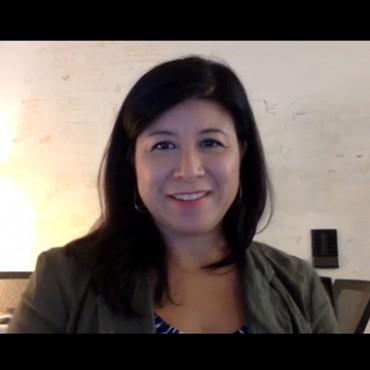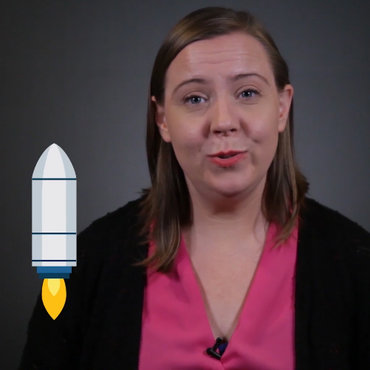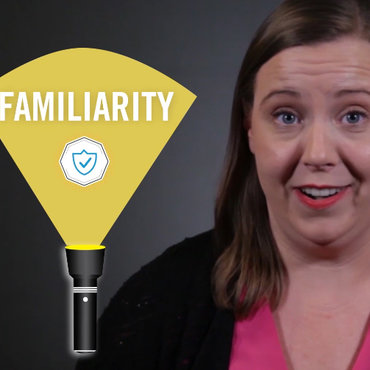
Lesson Plan
Slanted Facts and Slippery Numbers
Students use the E.S.C.A.P.E. acronym to analyze two sources on the gender pay gap, conduct additional research, and form their own conclusions about this complex issue.
Get even more great free content!
This content contains copyrighted material that requires a free NewseumED account.
Registration is fast, easy, and comes with 100% free access to our vast collection of videos, artifacts, interactive content, and more.
Sign Up
?
NewseumED is provided as a free educational resource and contains copyrighted material. Registration is required for full access. Signing up is simple and free.
With a free NewseumED account, you can:
- Watch timely and informative videos
- Access expertly crafted lesson plans
- Download an array of classroom resources
- and much more!
Duration
60-90 minutes
Topic(s)
- Current Events
- Journalism
Grade(s)
- 9-12
- Tell students that they are going to see techniques authors use to create a persuasive argument, and tools that sharp readers use to evaluate them.
- If desired, review the definitions of the six tools in the poster.
- Have students read “theSkimm’s Guide to Equal Pay.” As a group, summarize the article to ensure students have a basic understanding of the gender pay gap debate.
- Distribute worksheets and have students use E.S.C.A.P.E. to closely analyze two provided arguments about the pay gap.
- As homework, have students write a one-page essay making their own argument for or against the pay gap, citing at least two additional sources (prompt at bottom of worksheet).
- Discuss students’ conclusions using the questions below.
- Slanted Facts and Slippery Numbers worksheet (download), one per student
- Three gender pay gap articles (download), one of each per student:
- E.S.C.A.P.E. Junk News poster (download, optional)
- Internet access (optional)
- Of the two sources you analyzed, which one do you think is more convincing? Why? Which one is more reliable? Why? (Note: Answers to these two questions may or may not be the same; the first is about how persuasive the source is, and the second is about how well-supported it is.)
- What conclusion did you reach on the gender pay gap, and why?
- What did you need to research in order to make your own argument about this issue?
- How confident are you in your conclusion? Explain.
- What other issues are currently in the news that are similarly complex, making it difficult to fully understand the facts and data?
-
Common Core State Standards: CCSS.ELA-LITERACY.CCRA.R.1
Read closely to determine what the text says explicitly and to make logical inferences from it; cite specific textual evidence when writing or speaking to support conclusions drawn from the text. -
Common Core State Standards: CCSS.ELA-LITERACY.CCRA.R.8
Delineate and evaluate the argument and specific claims in a text, including the validity of the reasoning as well as the relevance and sufficiency of the evidence. -
Common Core State Standards: CCSS.ELA-LITERACY.CCRA.W.7
Conduct short as well as more sustained research projects based on focused questions, demonstrating understanding of the subject under investigation. -
Common Core State Standards: CCSS.ELA-LITERACY.CCRA.W.8
Gather relevant information from multiple print and digital sources, assess the credibility and accuracy of each source, and integrate the information while avoiding plagiarism. -
Common Core State Standards: CCSS.ELA-LITERACY.CCRA.W.9
Draw evidence from literary or informational texts to support analysis, reflection, and research.
-
NCSS C3 Framework: D3.1.6-8 and D3.1.9-12
6 - 8: Gather relevant information from multiple sources while using the origin, authority, structure, context, and corroborative value of the sources to guide the selection. 9 - 12: Gather relevant information from multiple sources representing a wide range of views while using the origin, authority, structure, context, and corroborative value of the sources to guide the selection -
NCSS C3 Framework: D4.1.6-8 and D4.1.9-12
6 - 8: Construct arguments using claims and evidence from multiple sources, while acknowledging the strengths and limitations of the arguments. 9 - 12: Construct arguments using precise and knowledgeable claims, with evidence from multiple sources, while acknowledging counterclaims and evidentiary weaknesses.
-
ISTE: 3b. Knowledge Constructor
Students evaluate the accuracy, perspective, credibility and relevance of information, media, data or other resources. -
ISTE: 3d. Knowledge Constructor
Students build knowledge by actively exploring real-world issues and problems.











































